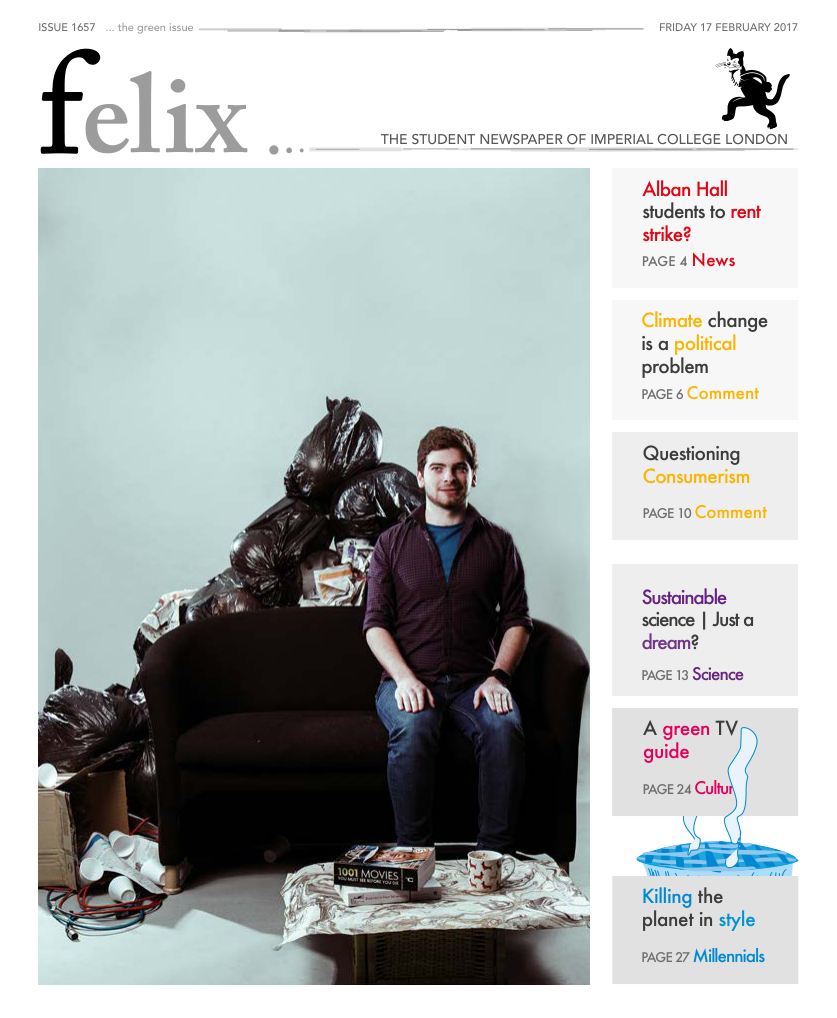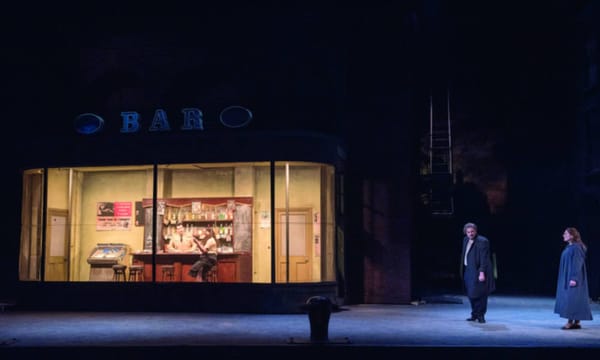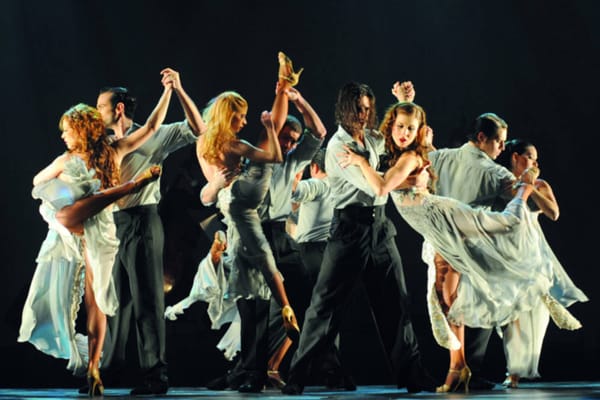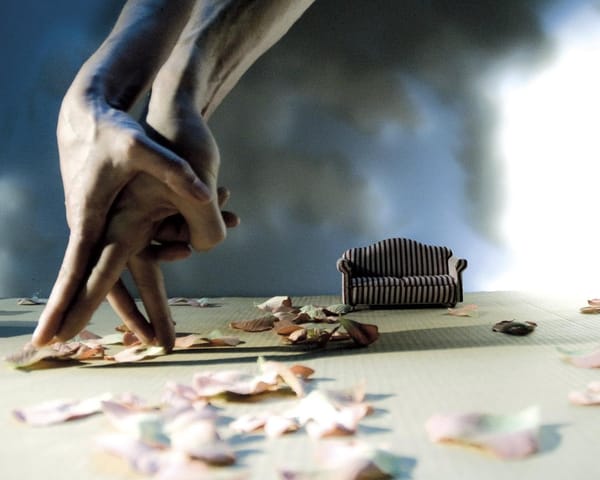Revolution: Russian Art 1917 – 1932 | A terrible festival of dead leaves
Revolution: Russian Art 1917 – 1932 is on at the Royal Academy until 17th April 2017
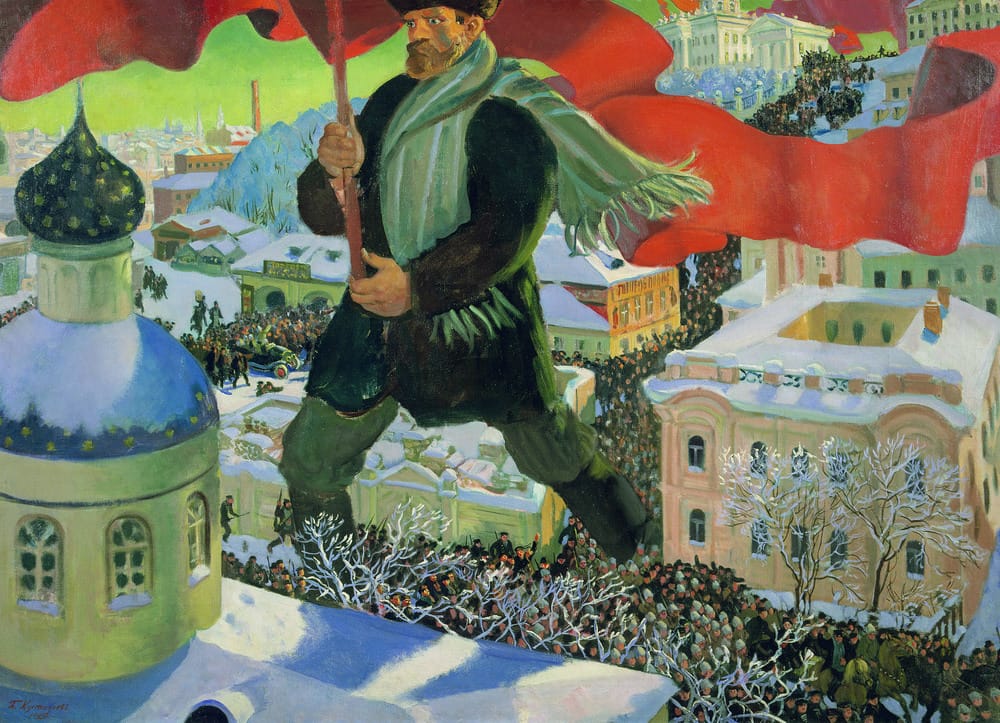
The Royal Academy’s ambitious new exhibition chronicles a troubled period in Russian history, from the overthrowing of the tsarist regime in 1917, through the years of civil war, to the consolidation of power by Stalin after death. In this window of time, art in Russia experienced a brief burgeoning that was soon to be violently truncated. A major exhibition of post-revolution artists took place in Leningrad in 1932 – this was to be a last gasp of creativity before the suppression of “formalism” and the persecution of artists by Stalin.
Rather than artistic merit alone, the selected works illustrate the upheaval and changing mood of the times. A range of media is included – not just paintings, but also film, photography and all manner of paraphernalia: posters, “agitational porcelain” decorated with communist symbols, banners, and textiles. Artworks are not viewed as standalone pieces, but placed firmly in the original context in which they were created. Beginning with glorified portraits of Lenin and ending with Stalin’s politically correct socialist realism, the exhibition leads us through 11 rooms and over 200 artworks, many of which have never been exhibited in the UK before.
A great clash of ideas is on display. Rooms of propagandist work, staunchly promoting Bolshevik ideals, contrast sharply with the abstract modernism of the Russian avant-garde. The futuristic, new-age depictions of machinery and industrialization, such as Aleksandr Deyneka’s Textile Workers and Arkady Shaikhet's Komsomol at the Wheel, are juxtaposed against nostalgic images of the birch forests and provincial life in pre-revolution Russia. In the room ‘Fate of the Peasants’, utopian visions of collectivised farming and golden harvests strike a dissonant chord against Kazimir Malevich’s faceless peasants, and the mistrustful eyes of Boris Grigoriev’s Old Dairy Woman.

‘Brave New World’ is a large room celebrating the explosion of artistic ideas in the years immediately following 1917. Many artists were initially optimistic about the revolution, viewing it as a chance to develop new styles of art for a modern Russia. Experimental styles and novel ways of looking at art proliferated; among them are the movements of Suprematism and Constructivism. On display are a range of works from some of the most important artists of the period, including Wassily Kandinsky, Lyubov Popova, Marc Chagall, and El Lissitzky. Dziga Vertov’s short montage film Man with A Movie Camera is shown elsewhere in the exhibition, while the Suprematist painter Malevich has a room to himself.
Indeed, two rooms are dedicated to artists who were invited to showcase their work at the 1932 Leningrad exhibition: Malevich’s room is an almost exact recreation, displaying his reductive Suprematist works such as Black Square alongside more representational art created under Soviet pressure. The blank faces of the people in his paintings evoke the loss of identity and an uncertain future in the post-revolution period. The second room, dedicated to the artist Kuzma Petrov-Vodkin, is interesting, but rather less impressive.
A slightly ominous air hangs over the exhibition. Despite the determinedly cheerful portrayals of heroic workers and the stoically solemn faces of the great leaders, there is a vague sense that they are all marching towards certain doom. This is emphasised by little details (a kerchief of Lenin with Trotsky’s face carefully cut out from one corner) and more obvious signs, such as the artwork of ration cards and wartime posters. Even the exuberance of the avant-garde is undercut by knowledge of the dreadful fates that lay in store for both the artists and the subjects of their paintings – from Anna Akhmatova to Vsevolod Meyerhold, few of them escaped the coming purges unscathed.
In a high, domed room off to one side, a reconstruction of one of Vladimir Tatlin’s delicate “flying machines” spins lazily in endless circles. Visually stunning, it seems a symbol of the grand aspirations of the era which ultimately never took off the ground.

